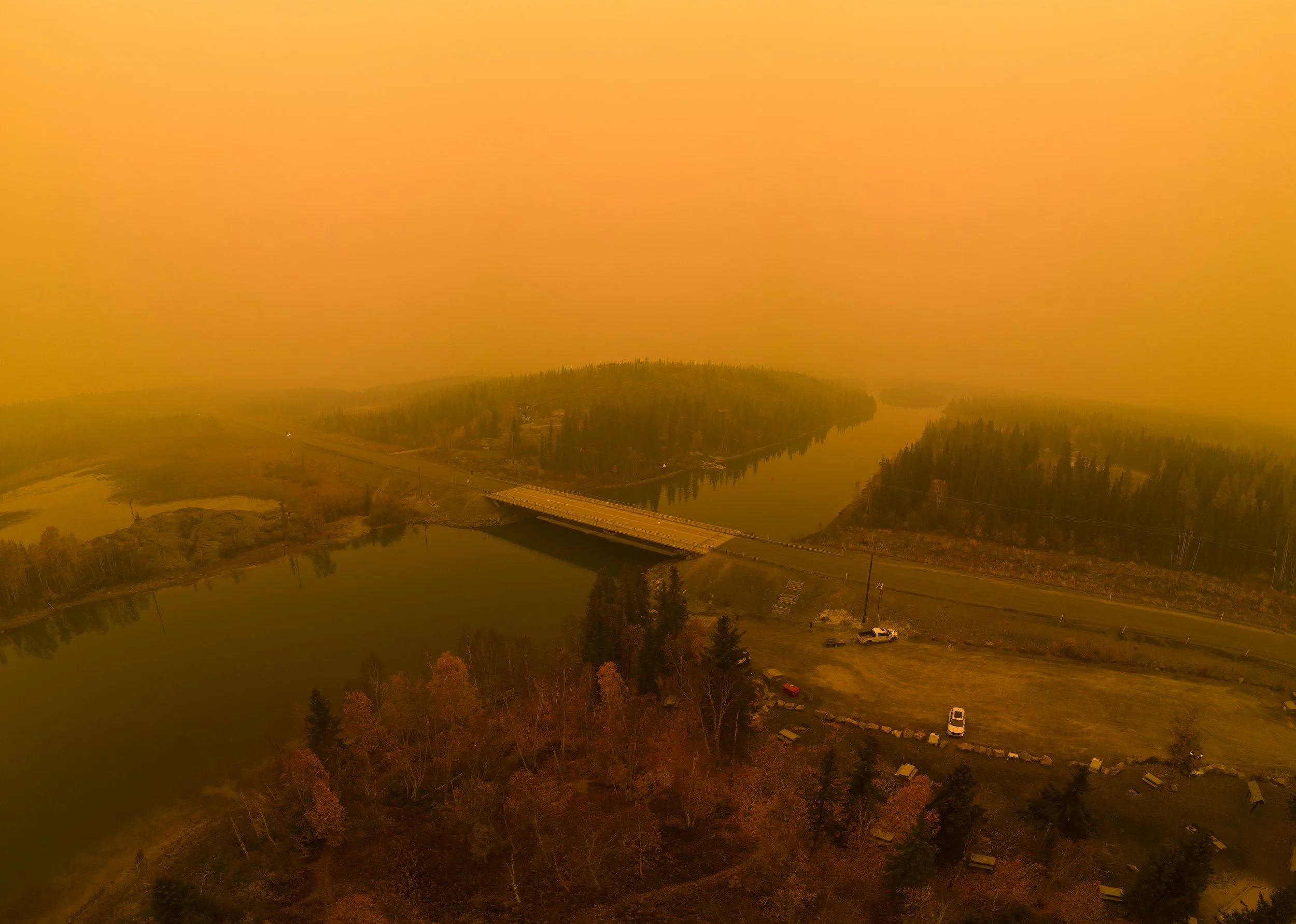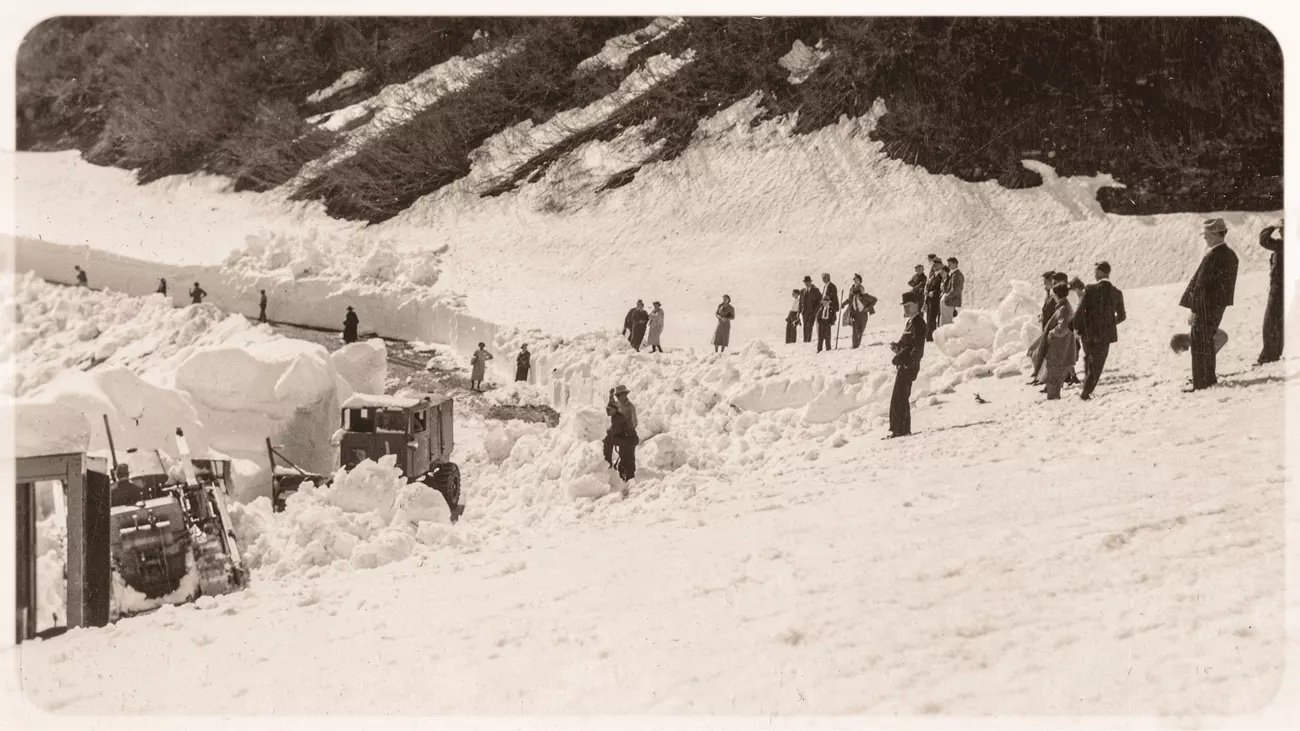
Toxic Pesticides & Their Role in the Sixth Mass Extinction
By: Lauris Reintjes
Species are going extinct 100, 1,000, some estimate 10,000 times faster than they should. This spike in the background extinction rate is called the Sixth Mass Extinction and is threatening every species on Earth, even those driving it. Lauris Reintjes, a high school student in Missoula, Montana, spends his time making mixed media sculpture of Endangered and underrepresented animals.

Orange Haze: My First Wildfire Season
Story provided by Jenny Ellis; Written by Melody Irvine
“The smoke was dense, covering the mountains and casting an eerie orange haze at sunset. This orange haze was an unsettling sight I'd never seen before. The adults in my life, who usually encouraged outdoor play, urged us to stay indoors and told us it wasn't healthy outside due to the smoky air. They tried to keep us entertained with art and craft projects. However, this restriction was still unusual and confusing, marking my introduction to what we now call "wildfire smoke seasons."“

Climate Change & Geologic History at Glacier National Park
Glacier National Park has always been a place of change, and given time, it can adapt. However, the rate of change seen today is fast enough to raise concerns about adaptation, for both ecosystems and societies alike.

Global Warming: Solutions & Benefits at Glacier National Park
Burning fossil fuels is often the only choice for traveling to Logan Pass. That is the way it has been since Going-to-the-Sun Road first opened in 1933. For over a century, fossil fuels have taken us wherever we wanted to go.
Though unintended, burning these fuels releases greenhouse gases that warm the climate.

Causes & Consequences of Climate Change at Glacier National Park
Both the causes and the consequences of climate change are intertwined here. Burning fossil fuels releases carbon dioxide, a greenhouse gas that warms the planet. High elevation areas like Logan Pass are warming much faster than the global average, causing glacier retreat here and around the globe. Since early drillers moved into this area the amount of carbon dioxide in the atmosphere has risen sharply.

Guest opinion: Climate change impacts are already here
By Marian Kummer | (Source: The Billings Gazette)
Though many are unaware or disbelieving, Montanans, like people everywhere, are already feeling the impacts of climate change. Many of those come in the form of detrimental impacts on our health.

Repeat Photos of Sperry Glacier
Story originally published by on Glacier National Park
“By standing in the same places that an early photographer stood and taking a new picture, we can compare how the landscape has, or has not, changed. This technique is called repeat photography or rephotography.
The glaciers of McKeon’s youth have all gotten smaller. Her collection of repeat photographs document changes seen over the last century, but they are also a new baseline to measure future changes against.”

Seeds of Change: A Personal Commitment to a Sustainable Future
By Axana Soltan
In drafting a "Dear Tomorrow" letter, I envision a message to my children in 2050, assuring them that today, in 2024, we took a stand. We acknowledged the crisis at hand and committed ourselves to action.